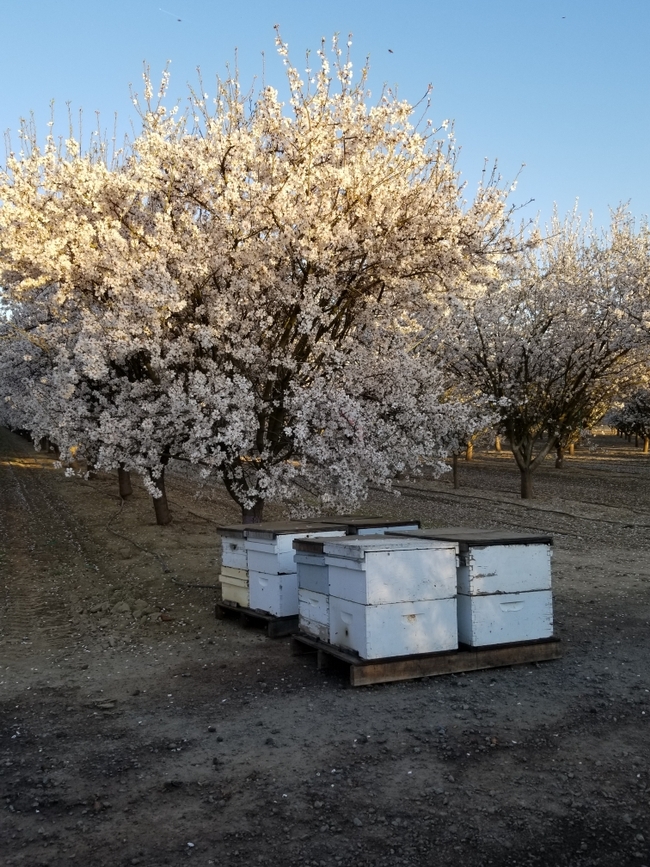
This last week started with us waking up to learn of the 7.8 magnitude earthquake that rocked Turkey and Syria. Drone footage, satellite imagery, news reports all show the devastation. The World Health Organization estimates some 23 million people impacted by this natural disaster and the news outlets indicate more than 33,000 people dead. That doesn't count all the people who know those impacted. Our thoughts are with first responders, those in need of healing and those traumatized by the temblor. Many groups and organizations are on the ground to help including Californians. Californians know how long recovery can take and how lives change in an instant. Many in my family see earthquake disasters and are grateful to first responders from throughout the world. My great grandmother was married in 1903 and moved out of her family's home to live with her in-laws. The 1906 San Francisco earthquake (magnitude 7.9 estimate) and fire destroyed building, property and people. Because Grammy lived with her in-laws she survived and a few years later my grandmother and her sisters were born; decades later my mother, her brother and her three first cousins; my generation has 6 and the next generation has 4. I for one understand the value and importance of first responders and international help that came to San Francisco's aid in 1906 and I'm grateful to be able to help now.
How's our footprint doing? January was a busy month for hiring. Academics included: Eric Porse, Director California Institute Water Resources; Advisors [Ellie Andrews, Sonoma; Natalia Ott, Tehama; Justin Tanner, San Joaquin; Eddie Tanner, Humboldt; Tobias Oker, Kern; Haris Gilani, Riverside, and Ahmed Kayad, Intermountain REC. and Flavie Audoin, Central Sierra MCP]. It's exciting to have new Advisors from one end of California to the other! Two Project Scientists joined: Francisco Benitez, Berkeley Food Institute housed at Kearney and Alexis Zaragoza working with Vice President Humiston. There are also two new Staff Research Associates: Cristal Hernandez (Kern) and Nicole Dutch in Plumas/Sierra. Tim Nguyen joined the statewide IPM program as an applications programmer.
Great progress is being made toward the California Conservation Planning Partnership (C2P2) technical assistance agreementrollout meeting at the end of the month. You may remember previous discussions on this collaboration between ANR,CARCD (California Association of Conservation District), CDFA (California Department of Food and Agriculture), NRCS (Natural Resources Conservation Service) and Resource Conservation Districts. We provide service to the same people and this agreement helps all staff align with the responsibilities of their organization.
What else is happening within ANR? The biweekly meetings with the Vice Chancellors for Research continue with discussions to incorporate the UC data policy into local policy. Specifically, we need to ensure data are protected when academics transfer, leave or retire. As a reminder, all data associated with research projects are the property of the Regents of the University of California. Also happening at this time of year is our Directors of State wide Programs and Institutes are working on the budget call for 2023/2024. These are due later in February and go to Program Council for discussion in April.
Winter rains may or may not be done. Yet, we're at that time of year when millions of workers invade California: bees! Often, almost every healthy beehive in the country is in California as we prepare for a big bloom. I remember reading there's a new technology that made the top 10 at the World Ag Expo related to hive management. Maybe I'll get a chance to see it in the week ahead. May the weather be warm enough for the bees to be buzzing around and doing their job as buds bloom. Bees teach us that the mighty are mighty because of what they do and not because of their size.